I know that working on the second part of Essex County wasn’t effortless. Like with anything, there were good days and bad working on it and things I struggled with creatively. But even so, when I think back at my time drawing Ghost Stories, which would become the second volume of the Essex County Trilogy, I only have good memories. There was a real sense of wanting to do something truly great and having the confidence to actually reach for that.
I embraced the “hockey-ness” of the book and immersed myself in books about hockey in the 50’s and 60’s. And with the first book, Tales From The Farm, I also embraced the weird “back of the pen” style I had been experimenting with at Sheridan. This basically means I was using the backs of steel-point dip pens to draw rather than the intended pen tip.
This led to really odd lines that weren’t always predictable and added a really strange, angular quality to the drawings that I just loved. I also started drawing this book really big. The norm is to draw comic pages about 1 ½ times the size of printed comic. And that’s pretty much how I draw them now. But with Essex and this unpredictable pen and ink style, I needed a bigger canvas to really let loose and I drew all of Tales and Ghost Stories on huge paper about twenty by thirty inches.
The character of Lou Lebeuf is still one of my all-time favorites that I created and got to write and draw. He is cantankerous and rude but has a heart of gold hidden under his rough exterior. And he is a man at the end of his life who is filled with secrets and regrets. Lou came from a few places. I had a great uncle named Issy who was deaf, and whom my Mom used to help look after. My parents also had an elderly neighbor who was an alcoholic and wasn’t supposed to be drinking. He would discreetly ask my Dad to get him some Rye Whiskey and hide it in old peanut jars in his garage so he could sneak sips without his wife knowing.
I don’t remember it being a real effort to start connecting Ghost Stories, and Lou with Tales From The Farm and Lester. The family connections with Jimmy seemed to come really easily. And from there it was just a matter of filling out the family tree and finding the other characters and generations. I also had a lot of fun aging and de-aging the characters. Drawing them at different points in their life and in the story.
I also really found new ways to start playing around with the language of comics in this book. I was able to tap into Lou’s unique P.O.V. and find ways with my layouts and transitions between past and present that weren’t just clever for the sake of it, but actually illustrated his mental landscape. These jumps in experimentation would fuel almost everything I drew afterwards.
Ghost Stories was also the longest book I had ever attempted at close to 250-pages. So it was a marathon. It took me close to a year to draw. That dates on the original art I still have (I started stamping the dates on every page I drew then as well, a trick I stole from Seth after seeing this in his sketchbooks). I tried to pencil and ink one page a day. Some days I would be in a groove and I could do three or four. Other days I would only get half a page done. I didn’t have a script, just a loose outline and ideas for scenes with little bits of dialogue scribbled down and I would take it one scene at a time, thumbnailing the whole scene and then drawing it one page at a time always in chronological order (I still mostly work this way now).
Looking at my old notebooks I can see that I had originally intended to call this book “Rural Route #1” instead of Ghost Stories.
That year of drawing Ghost Stories was just…incredible. I has this feeling of doing something special that is rare. I’ve done a lot of books since and I have days or weeks of feeling like this, but never this overall sublime feeling that just carried me through the whole thing like it did with Ghost Stories. It’s the feeling I am always chasing and what keeps me making more books. And, like I said, I do get back to that place for days or weeks at a time on most things I do now, but never to the same degree. I think maybe the only time I have felt such an effortless sense of really being locked into a project all the way through was with Mazebook and maybe writing the first dozen issues of Black Hammer.
Of course I may be looking back on this time with a certain amount of romanticism because this is the book that really opened up the doors for me creatively and in the comics industry. But nonetheless I have only love and fondness for Ghost Stories and for Lou and Vince Lebeuf. Many people still think this second chapter of Essex is the best thing I have done, and I can live with that. I am as proud of that story as any and Lou still lives inside me in a really special way.
This was also the time when I started attending more conventions as a professional with Top Shelf. The small bits of extra money I was getting from my work helped me really cut down on my restaurant shifts and I was able to travel a little bit more. I had never really travelled much outside of Ontario so going to New York and San Diego Comicon for the first time was incredibly exciting. Back in those early days there was a real sense of community and family at the Top Shelf booths at cons. Matt Kindt, whom I had already met, was often there with his Superspy books, Rob Venditti, who would go on to have a great career as a writer for Valiant and DC Comics was an employee of Top Shelf and used to stock the tables and unpack boxes. Jeffrey Brown was an indie-comix rock star back then and he and I bonded over our love of hockey (even though JB is a Red Wings fan and I am a Maple Leafs fan. We somehow got past that.)
Matt and Jeffrey B and others would also come to Toronto to do shows here and they would stay with Lesley-Anne and I, sleeping on our couch. Those friendships and early conventions are still some of my fondest memories in comics.
The first volume of Essex was now published and the second was on the way. It was such an amazing feeling to actually be part of something. I had spent so many years working and struggling alone, wanting so badly to be a cartoonist, and now I finally was. I wasn’t just a wanna-be, but I was behind the table standing with some artist and cartoonists whose work had inspired me. I was now one of them and it was an incredible feeling and one I try not to take for granted even today.
Sometime around here, Lesley-Anne and I were also able to buy our first house. A really small, one-storey place in Toronto’s east end. I set up a small workspace in the basement beside the laundry and bathroom. It was dark and cramped, but I would end up creating Sweet Tooth, Black Hammer and others here. I’d also draw the first dozen issues of Sweet Tooth here too. But I’m getting ahead of myself. First I had to finish the third volume of Essex County.
That third book. The Country Nurse was a love-letter to my Mom. The character of Anne was older than my Mom was then, but I imbued her with my Mom’s sense of selflessness and her seemingly unending ability to constantly put others ahead of herself and help anyone in her community and family that needs it. My Mom’s generosity and heart are huge and that’s what I tried to create in Anne.
I also saw how I could use this character, of a travelling nurse, to literally connect the dots between all the other characters in the first two books. I think that on its own, The Country Nurse is probably not as strong as the other two books, but as part of the trilogy it is vital. It is the connective tissue that made it all one story.
I drew all of The Country Nurse in this new house and finished it in early 2008. Around that time two big things happened that would open the doors to the rest of my career. First, I was nominated for two Eisner Awards for Essex Volume 1 and 2. This was unbelievable. It’s easy to dismiss awards and nominations now, and act like they don’t matter. But let me tell you, they do matter. They feel really really good. And back then, when I was just starting out and had struggled for all those years to find my voice and my place in comics, being recognized by the Eisners was so wonderful. I finally knew that other people saw value in my work too.
The second thing that happened was that Brett Warnok at Top Shelf handed copies of Essex 1 and 2 to fellow Portlander, Bob Schreck. Now, Bob had a storied history in comics by then as an editor a Comico, Dark Horse and others and having worked with legends like Frank Miller and Mike Allred. At this time, in 2008, Bob was a senior editor at Vertigo Comics, the legendary imprint of DC Comics run by Karen Berger that had published many of my all-time favorite comics ever like Sandman, Swamp Thing, Y The Last Man, Preacher, 100 Bullets etc.
At this time Vertigo was looking to start a new line of more “indie” flavoured original graphic novels. Talk about being at the right place at the right time. They wanted new voices and new blood to do more indie style books, and I had just published one of the more acclaimed indie books of the year.
Bob contacted me and asked me to pitch a 144-page graphic novel to him. That book would end up being The Nobody and that would lead to Sweet Tooth and everything else. But it would be a little bit of a bumpy ride to get there yet.
So next time we go deep into The Nobody and my start at DC/Vertigo.
-Jeff

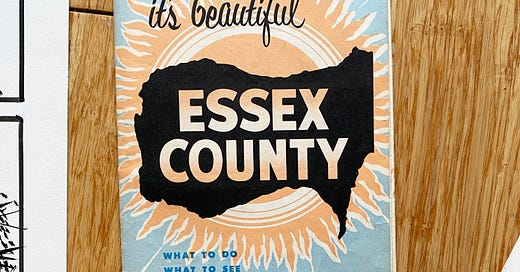



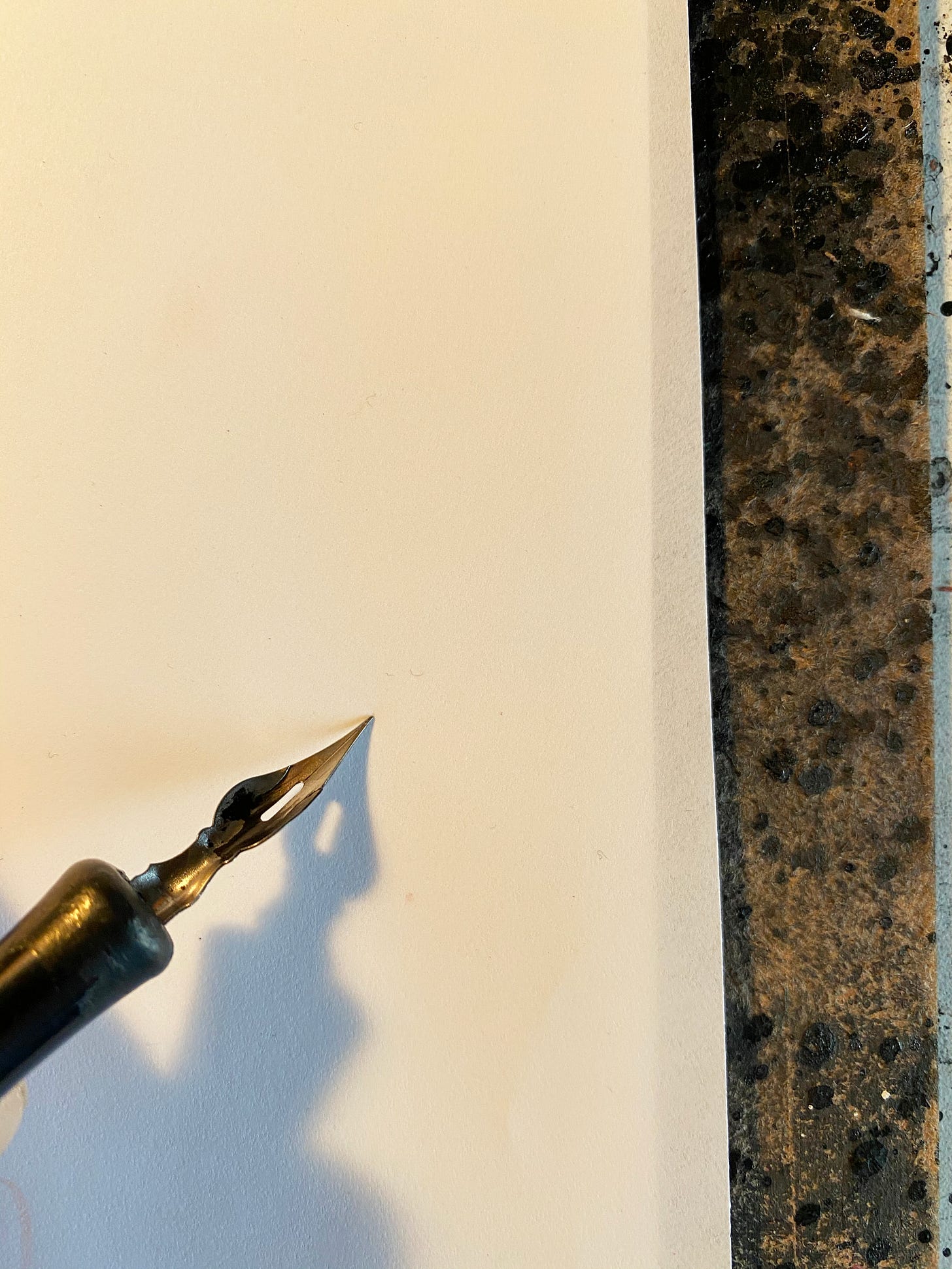
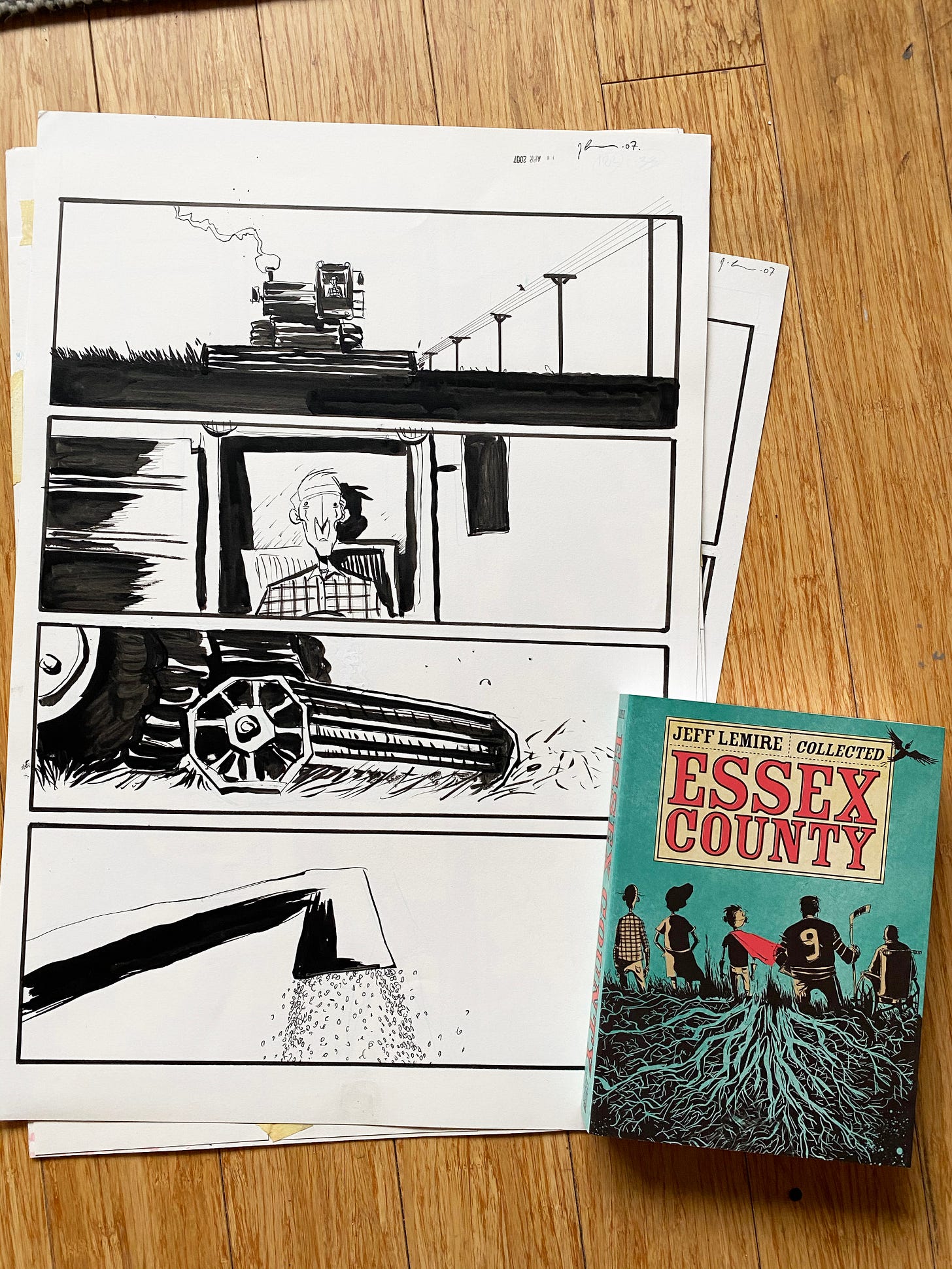

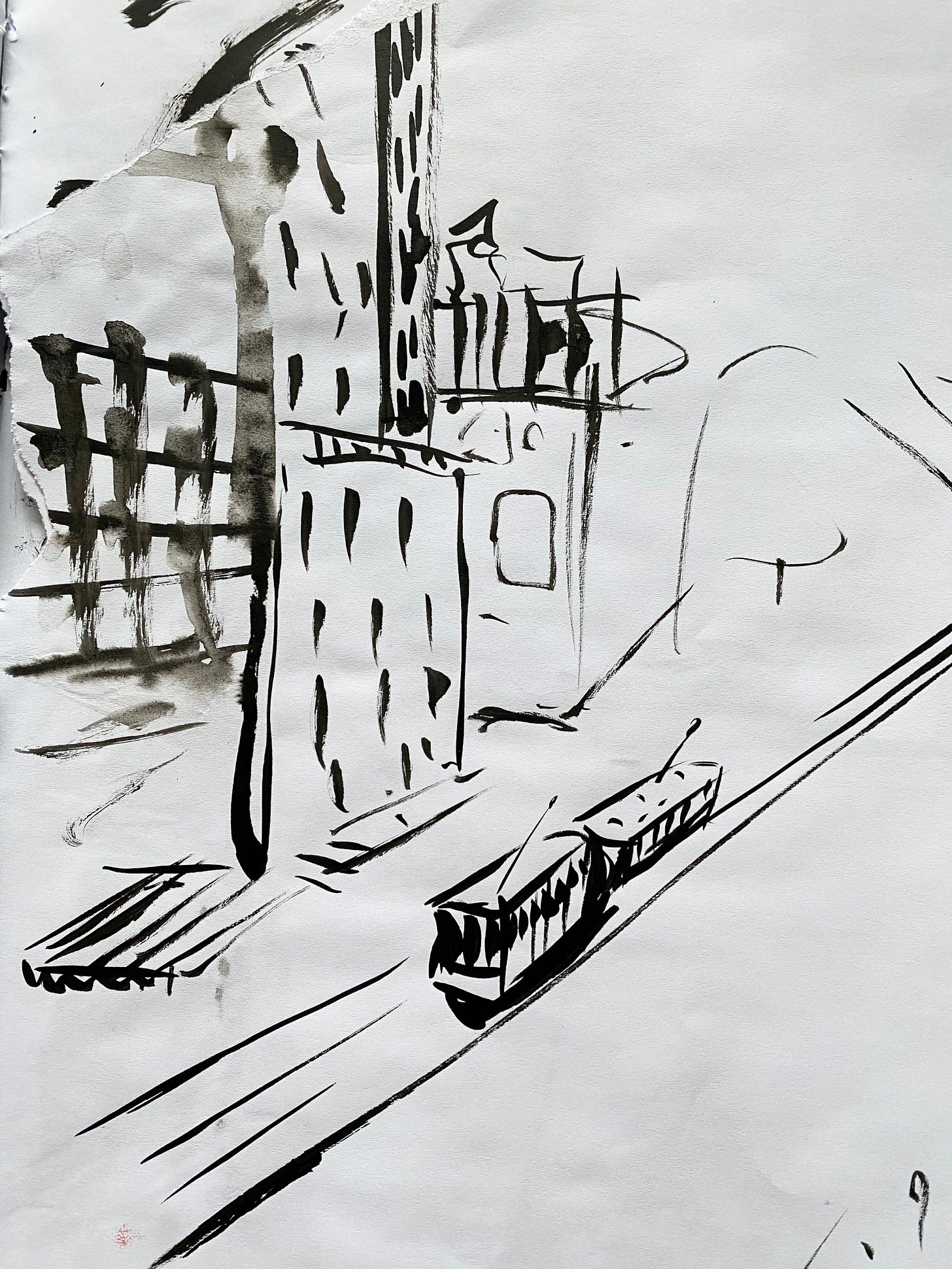




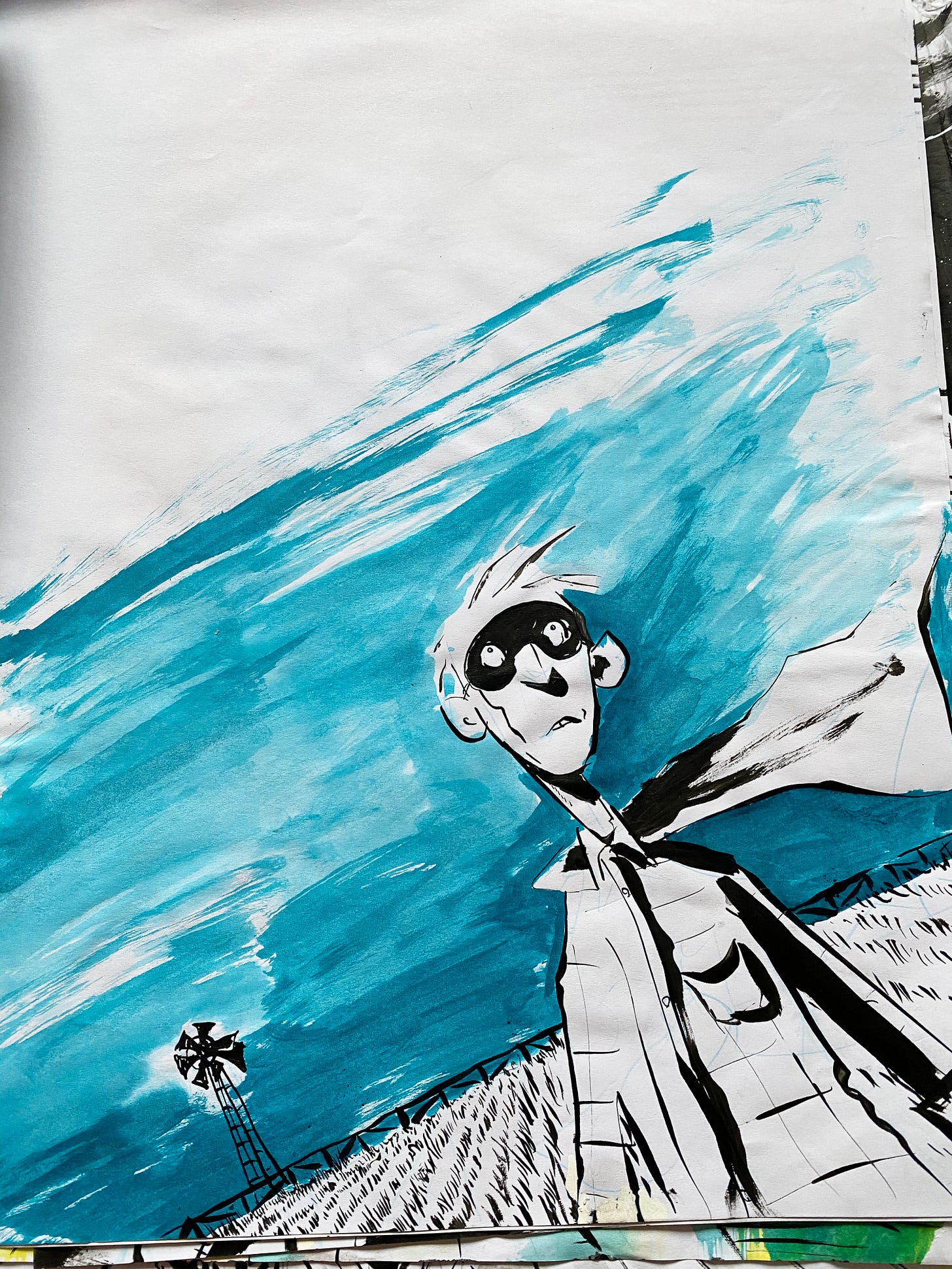



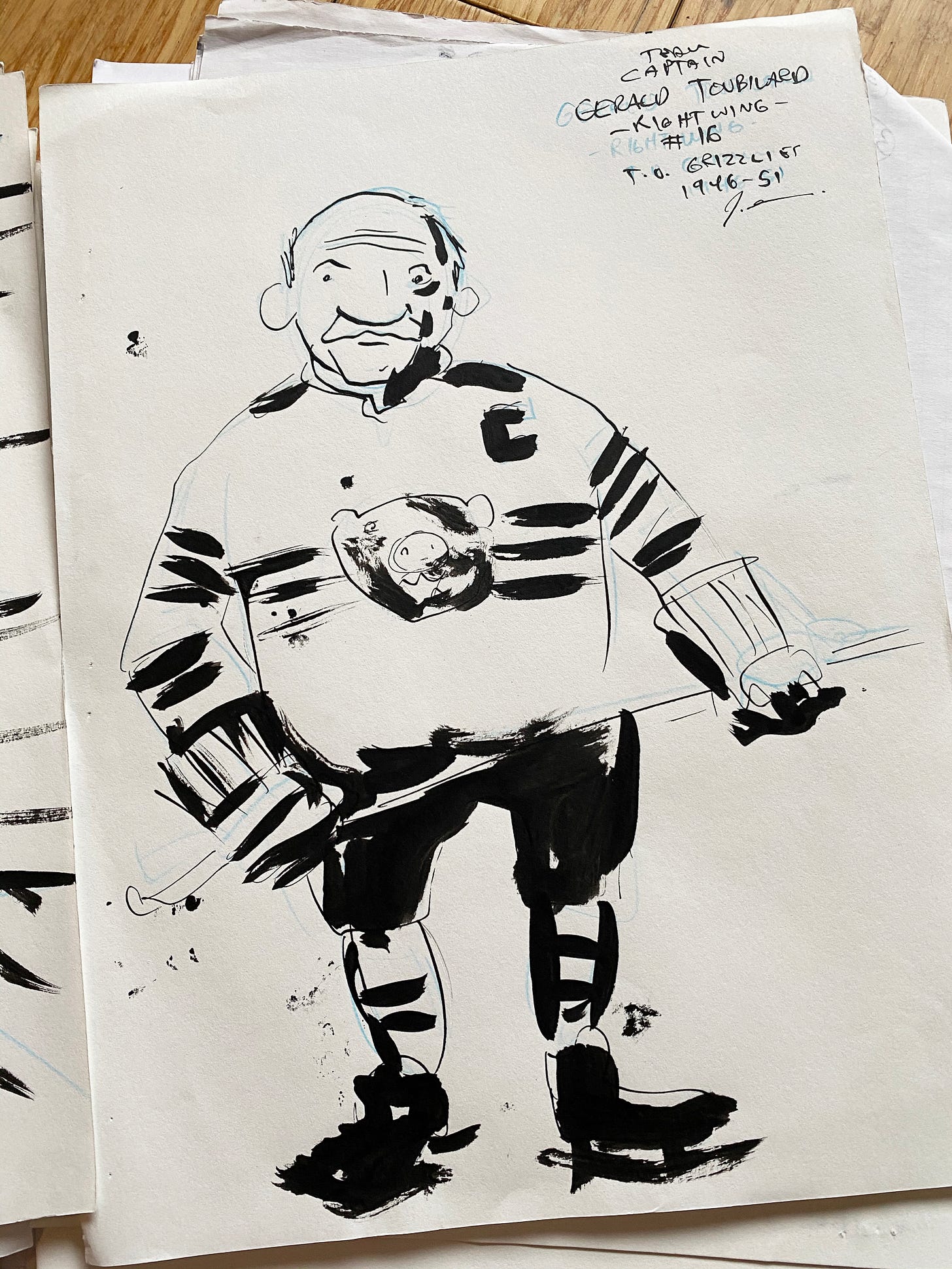
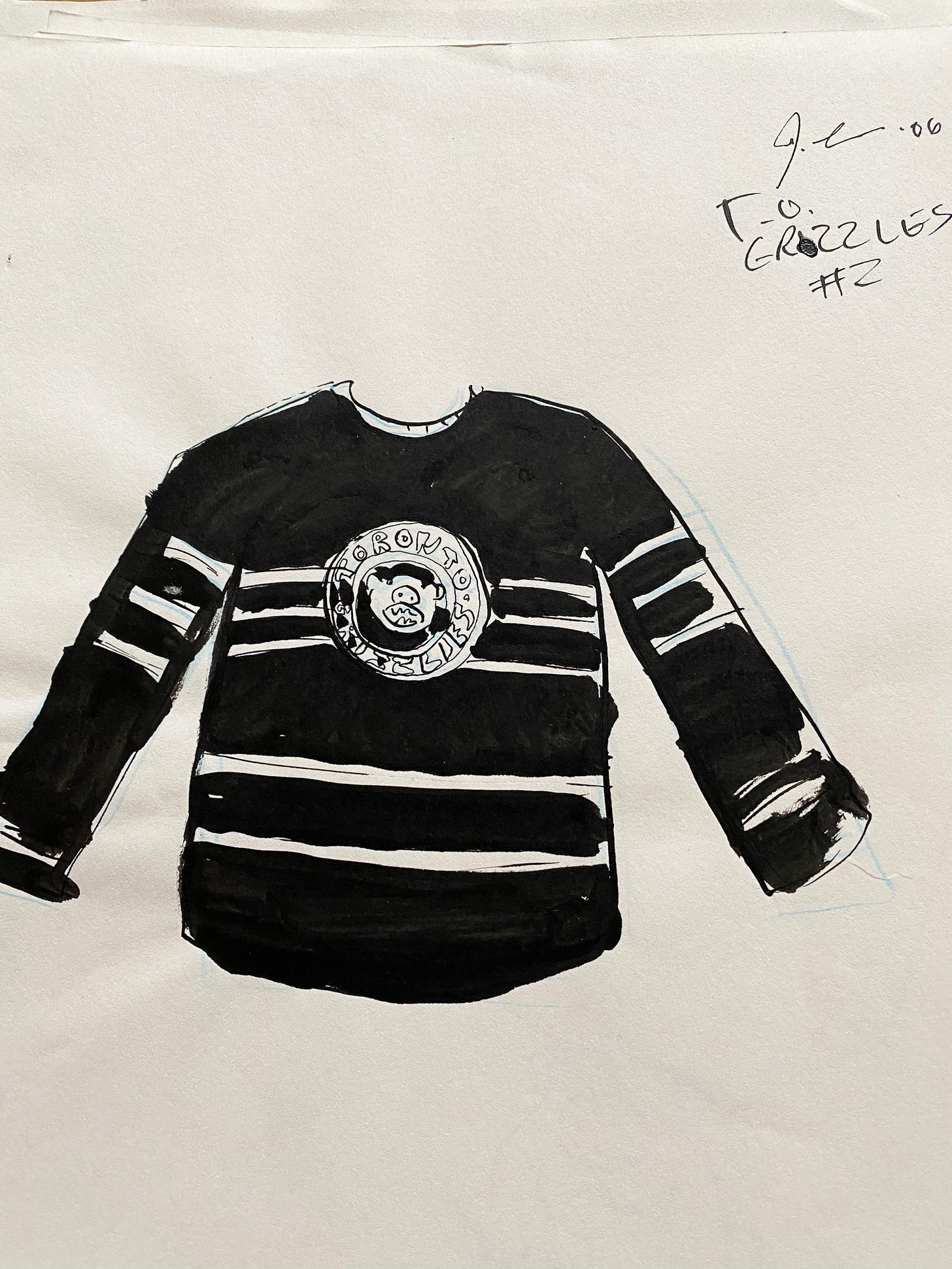

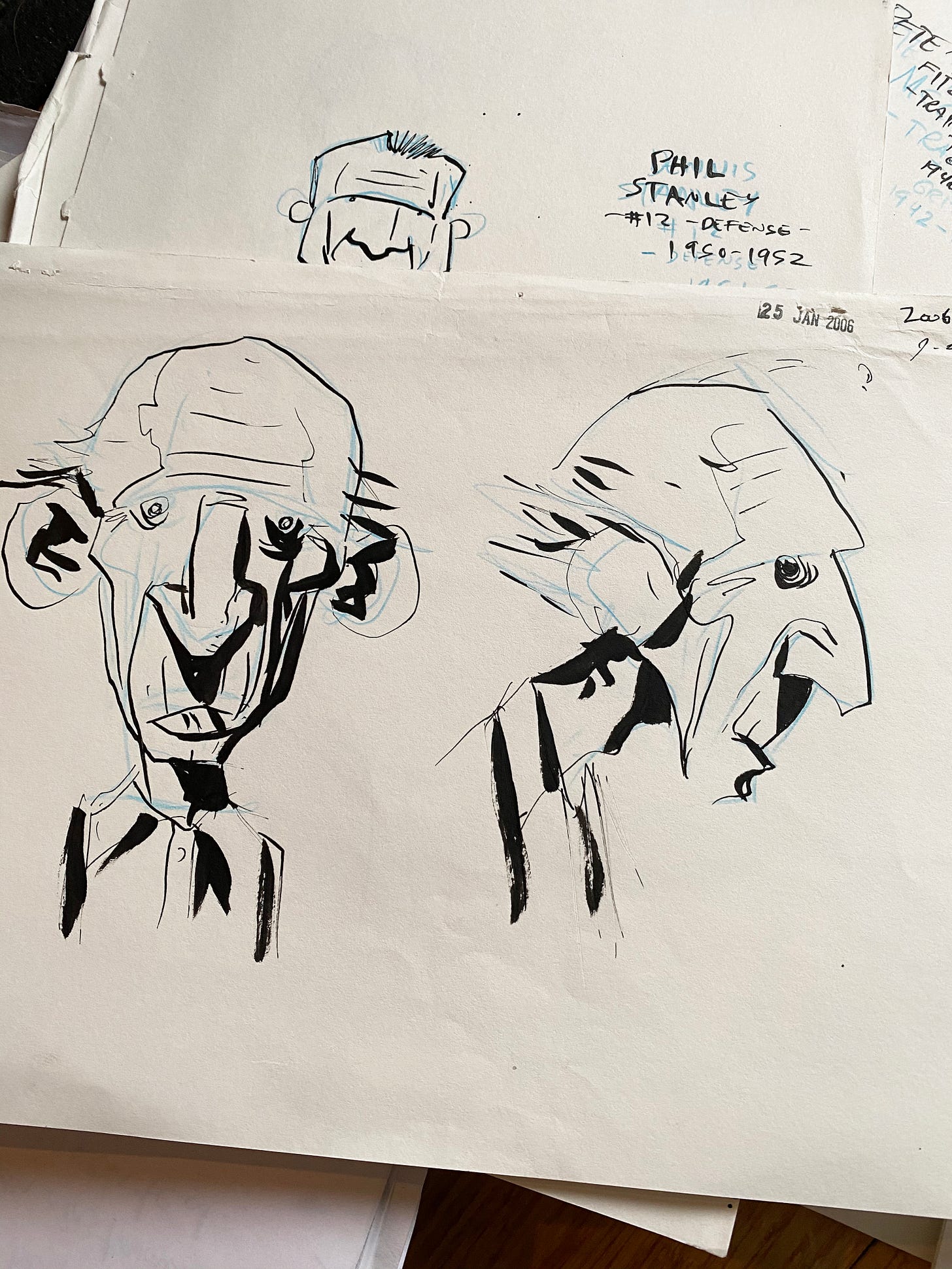
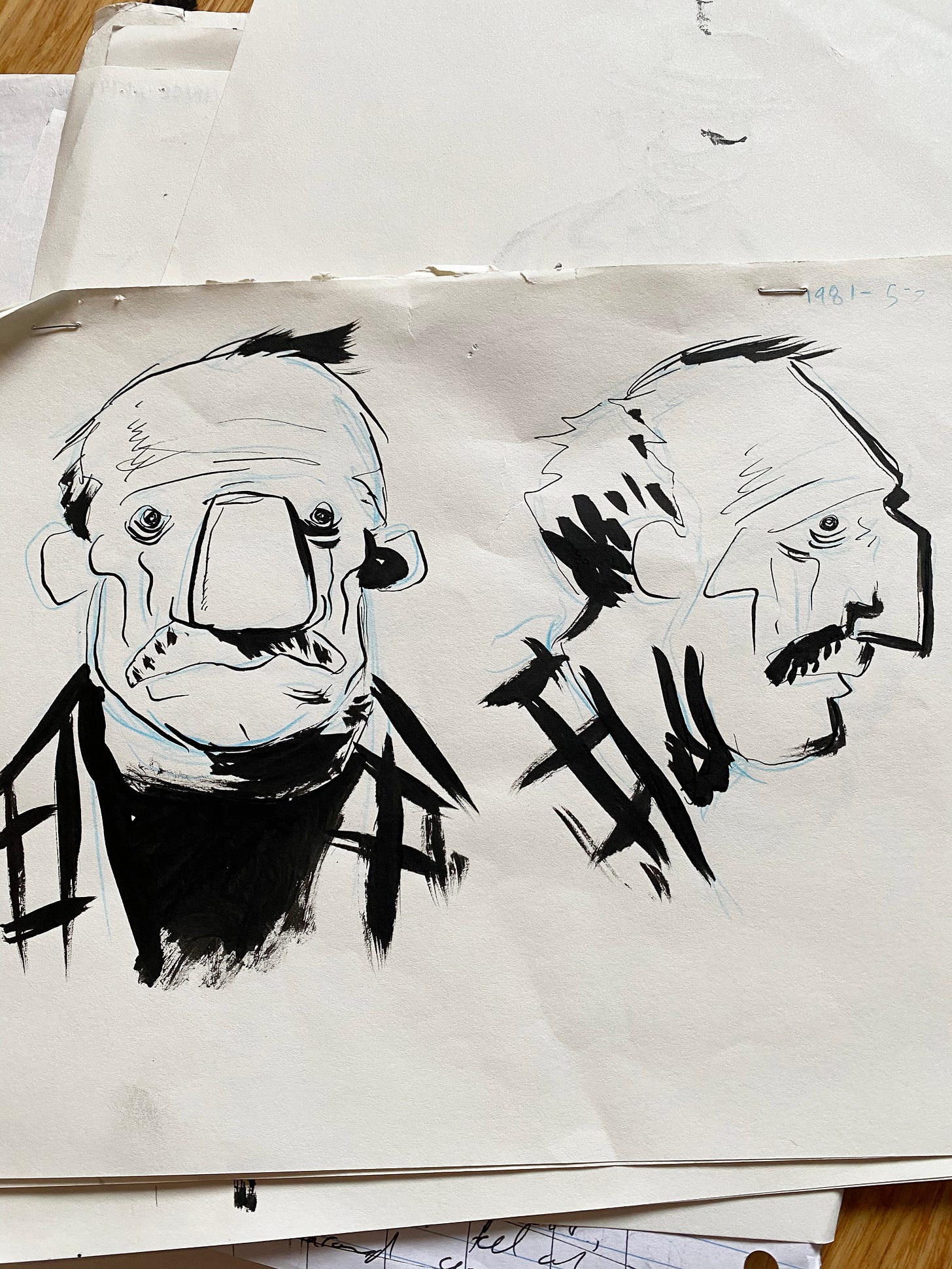

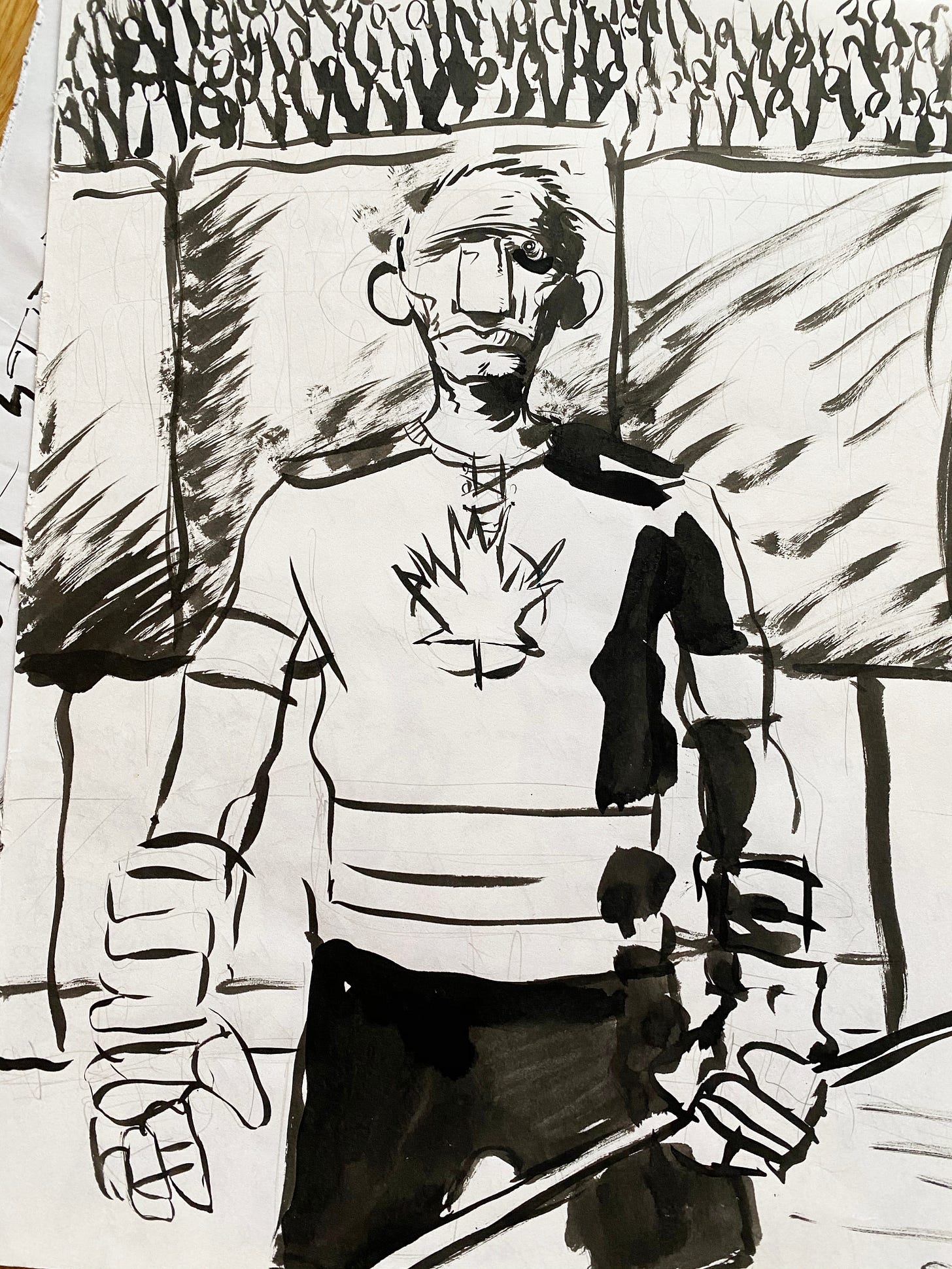
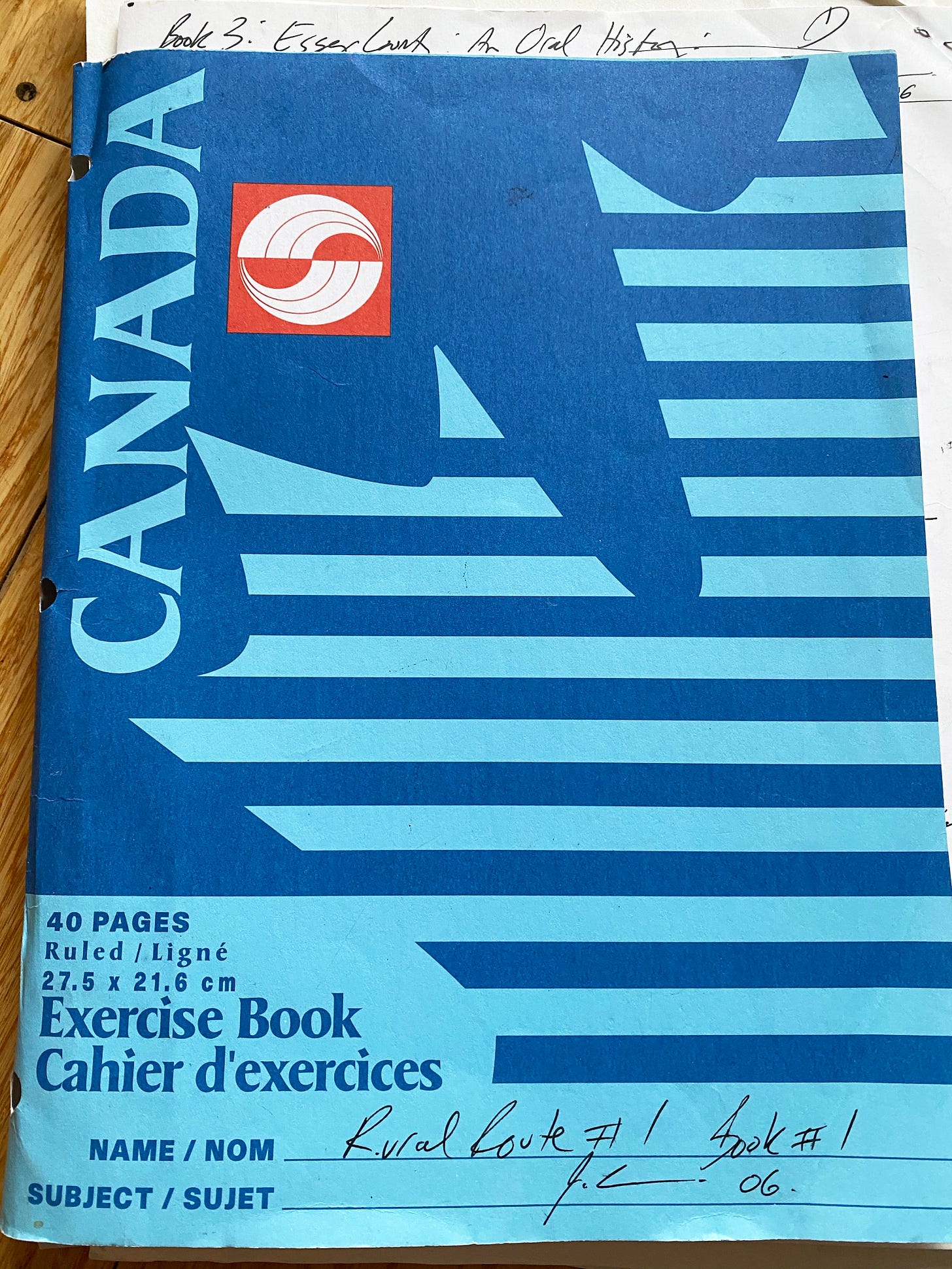
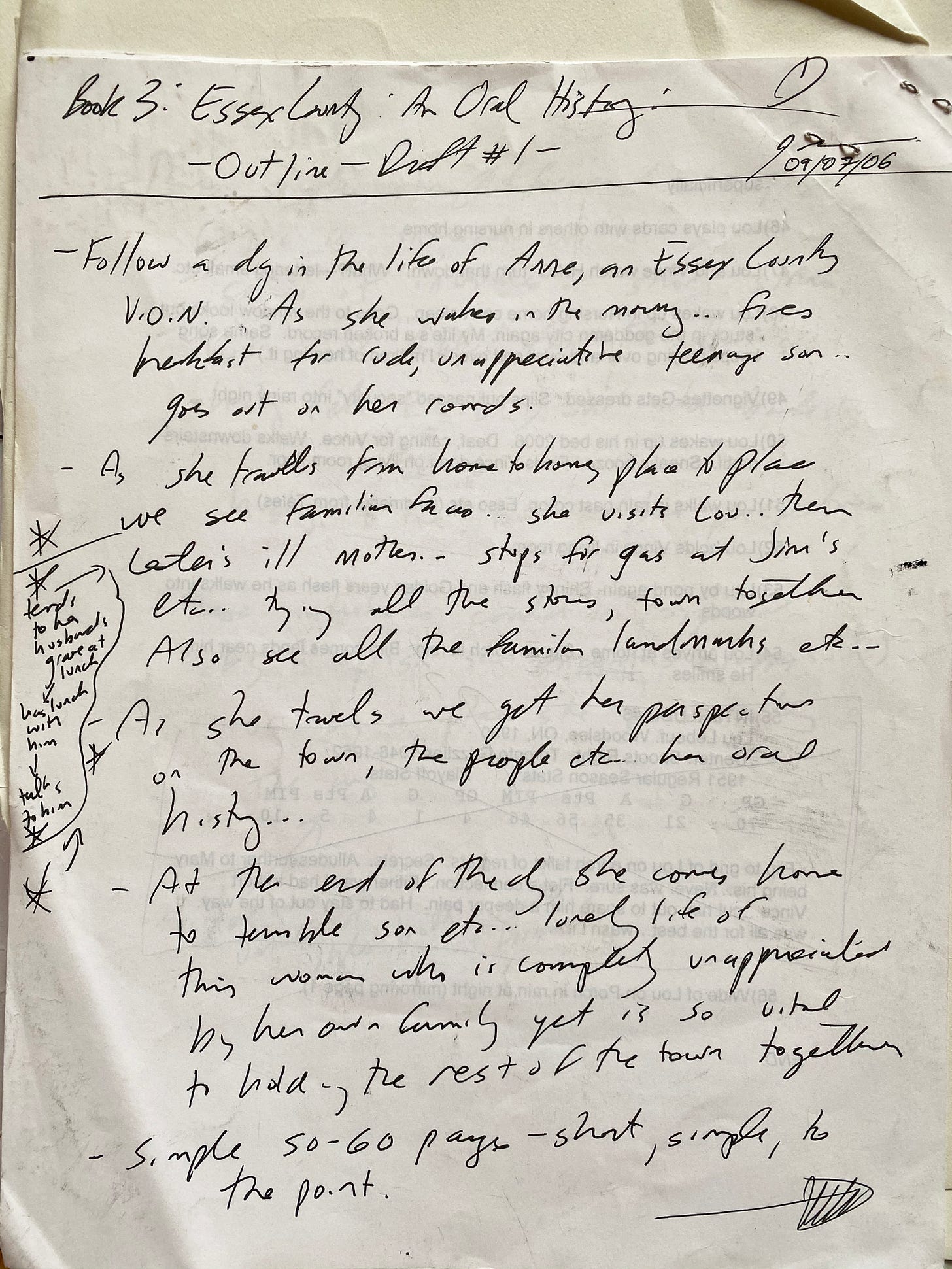
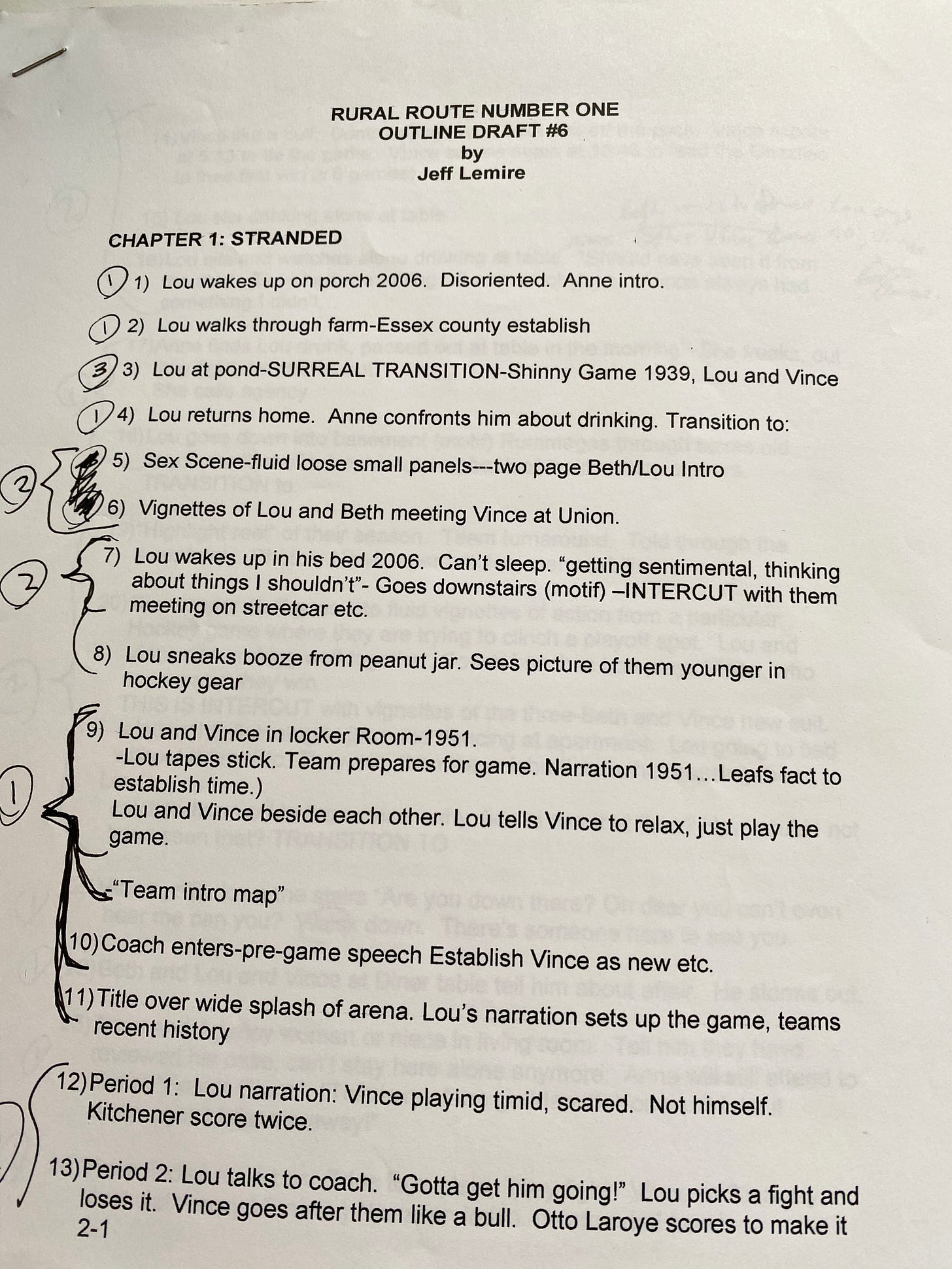


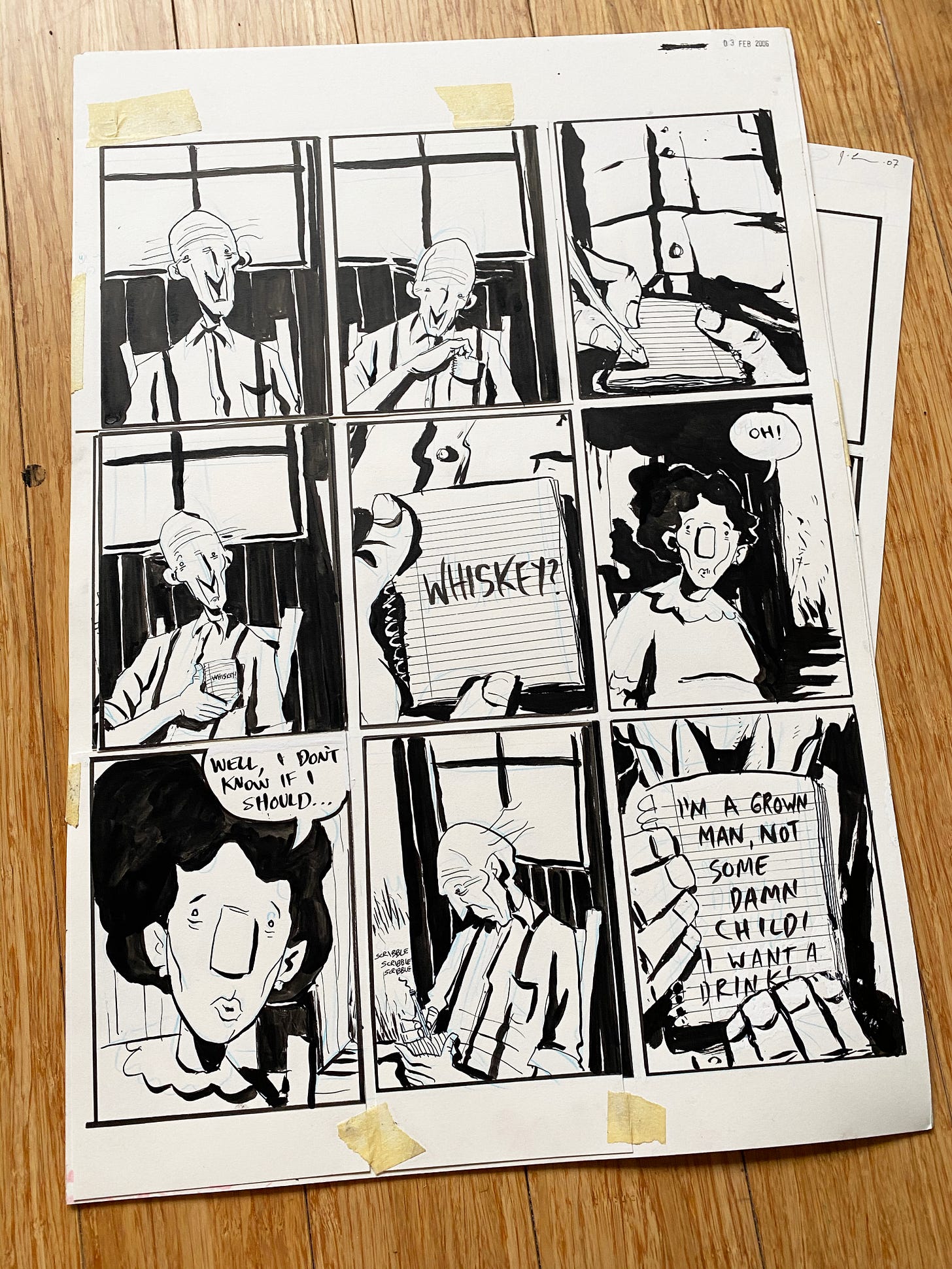



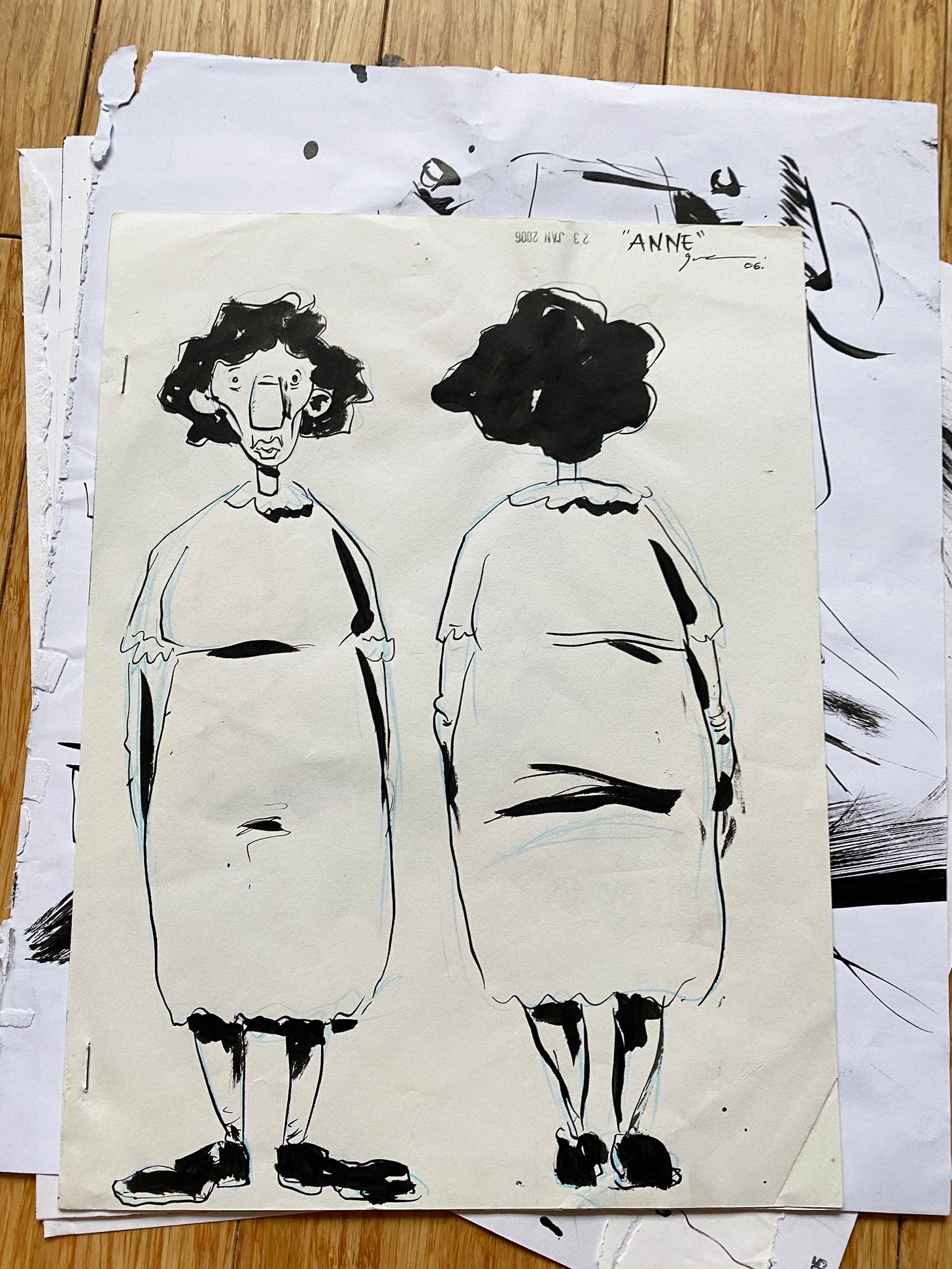
Jeff I love hearing all of this. Today my retailer exclusive cover drops for Primordial #4 and i know it’s kind of a back door, but like you said about standing alongside people who have inspired you - that’s what it feels like. I hope to get you a copy. There are photos on my Instagram @houzenga ❤️
I can't say how grateful I am for your candor in sharing these memories of how you got to where you are in comics. I feel like you are allowing us fans to get to know your work on a deeper level, which is really cool. Two thoughts: 1) I would welcome some posts on how your mental health challenges have impacted your comics. My mom struggles with depression and hoarding, and I have plenty of friends dealing with anxiety and more--meaning, I think a lot of people could be helped by reading your thoughts/experiences on this. Also, if applicable, does creative work help you as a kind of art therapy? how? 2) If we see more of 1) in these posts, I really think you will be getting close to a combined "how-to-make-comics" + illustrated memoir. Maybe you could put in some comics to fill in some gaps! I would buy a copy, and buy another for my goddaughter and others. Just saying.--Dave